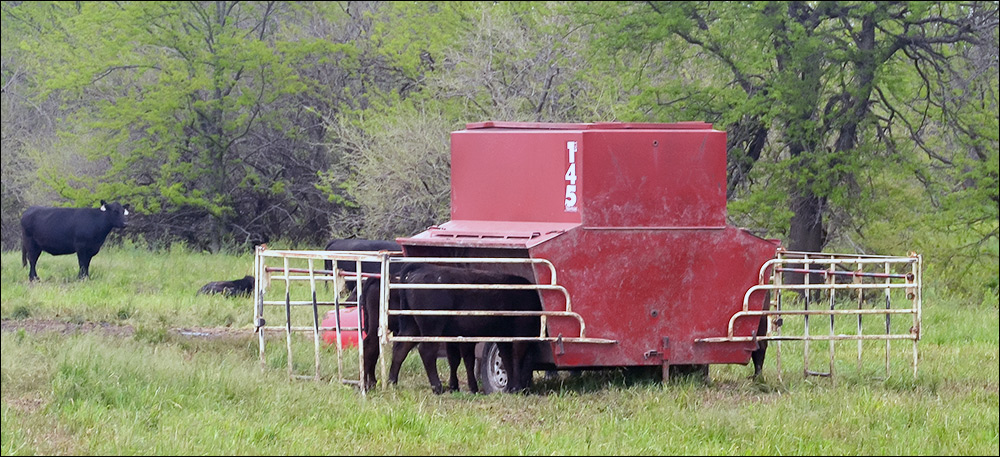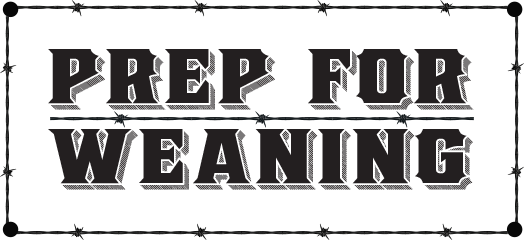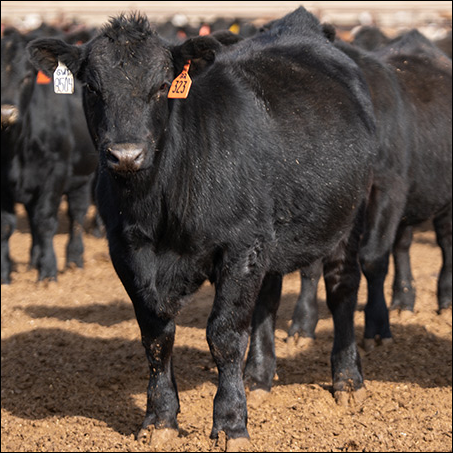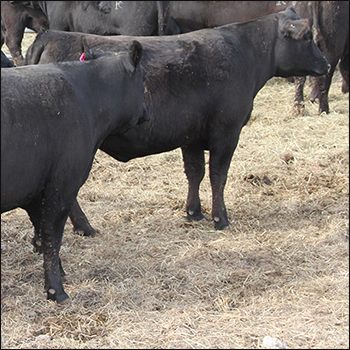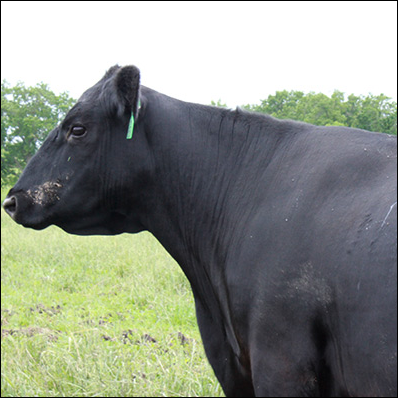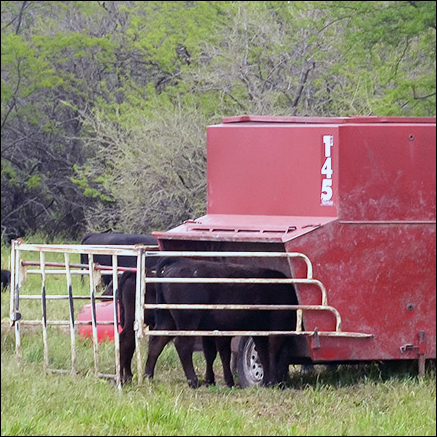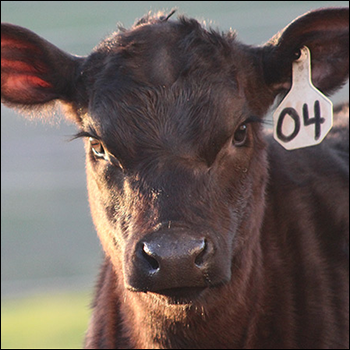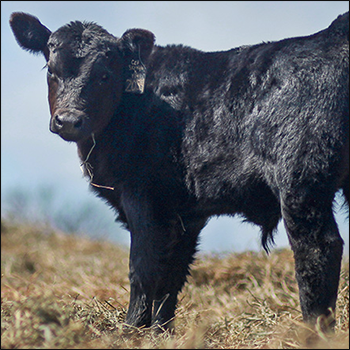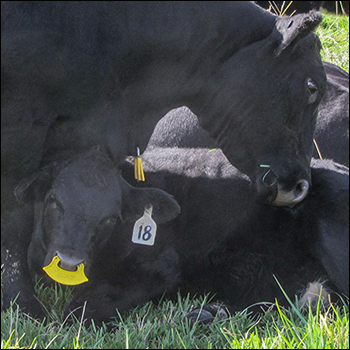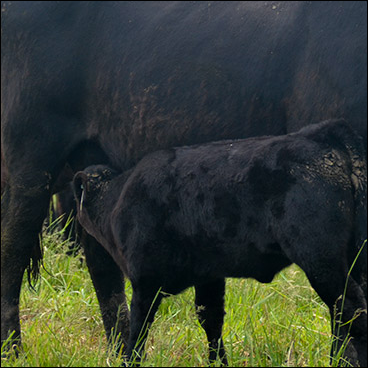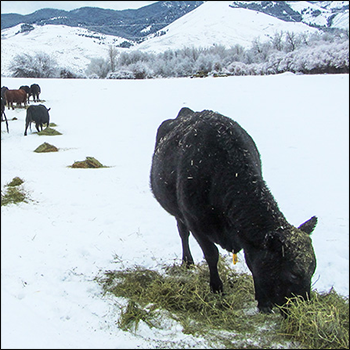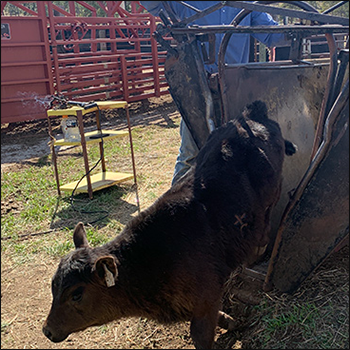Commercial Creep-feeding?
Why creep-feeding rarely pencils out for commercial cattlemen.
Occasionally, the question of whether creep-feeding is a cost-effective practice comes up. The simple answer for commercial cow-calf operations is “not in most circumstances.” This is particularly true for spring-calving operations. Calf weaning weights can be increased anywhere from about 20 pounds (lb.) to 80 lb. However, in most cases, the value of added weight gain will not cover the added feed, labor and equipment costs, unless feed is exceptionally inexpensive and/or when the value of added weight gain is exceptionally high.
Managing Feed Resources in the Summer
Adjust cattle diets to avoid depleting pastures.
As summer advances and pastures begin to mature and dry up, beef producers may need to look at alternative plans for meeting maintenance requirements of the herd, according to the experts at the Kansas State University Beef Cattle Institute.
Warning Signs of Rabies in Cattle
A Texas A&M infection control coordinator explains the behavioral patterns owners should watch for in their herds.
Rabies is usually associated with dogs or bats, but it also can develop insidiously in a variety of mammals. Rabies in livestock, such as cattle, may be rare, but its ability to spread through the herd still poses a serious risk.
Gestation Nutrition Affects Calf Weaning Weights
Increasing body condition score during gestation increases weaning performance.
New information continues to emerge surrounding the effects of fetal programming on the growth and performance of calves. Some studies have even dug into the effect of nutrition (for the pregnant cow) on her calf at weaning age.
Vaccinating Early-weaned Beef Calves
Producers should not be discouraged from vaccinating calves at this early stage of life.
Veterinarians and cattle producers have long embraced preweaning vaccines as effective tools to help reduce the effects of respiratory disease in calves following the stress of weaning. Vaccination against viral pathogens — bovine respiratory syncytial virus, infectious bovine rhinotracheitis, parainfluenza-3 and bovine viral diarrhea — roughly a month prior to weaning, with appropriate boosters at or near the time of weaning, has been the hallmark of many cow-calf producers’ preconditioning programs.
Q&A: Fly Control for Cattle
Fly-control tips for healthier cattle and improved profits.
Flies are much more than a nuisance. Their economic ramifications can reach deep into a cattleman’s pockets. “Excessive fly numbers affect cattle production in different ways — none of them profitably,” explains Arnold Nagely, veterinarian and co-founder of Valley Vet Supply. “While cattle are fighting flies, they are not grazing and gaining the weight that they could be. Starting control measures before fly populations build usually yields better results. As with many challenges, prevention or early intervention is prudent. Timely spraying, back rubs and insecticide ear tags are among several methods utilized to stay ahead of major infestations.”
Feed Additives and Medicated Feeds
Reviewing the basics of VFD requirements.
The term “medicated feeds” includes feeds containing FDA-approved medications intended to be included in animal diets. This would include medications such as chlortetracycline used in mineral supplements fed to control anaplasmosis, antibiotics used in concentrate feeds and premixes, completed feeds and others.
